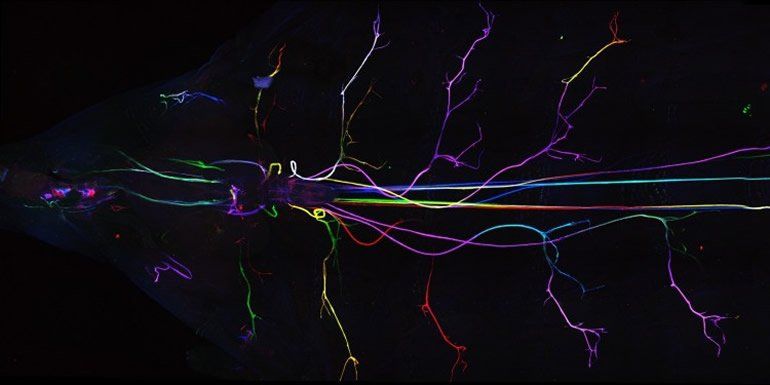Physicists from MIPT and the Russian Quantum Center, joined by colleagues from Saratov State University and Michigan Technological University, have demonstrated new methods for controlling spin waves in nanostructured bismuth iron garnet films via short laser pulses. Presented in Nano Letters, the solution has potential for applications in energy-efficient information transfer and spin-based quantum computing.
A particle’s spin is its intrinsic angular momentum, which always has a direction. In magnetized materials, the spins all point in one direction. A local disruption of this magnetic order is accompanied by the propagation of spin waves, whose quanta are known as magnons.
Unlike the electrical current, spin wave propagation does not involve a transfer of matter. As a result, using magnons rather than electrons to transmit information leads to much smaller thermal losses. Data can be encoded in the phase or amplitude of a spin wave and processed via wave interference or nonlinear effects.




